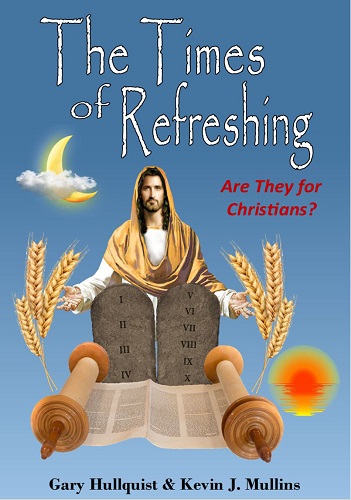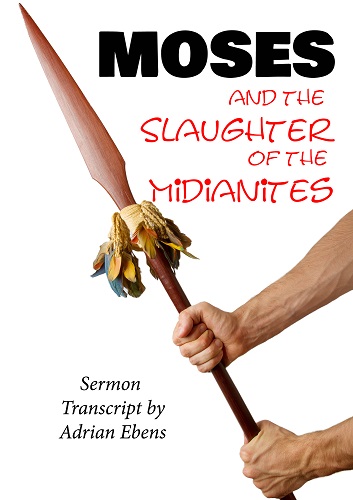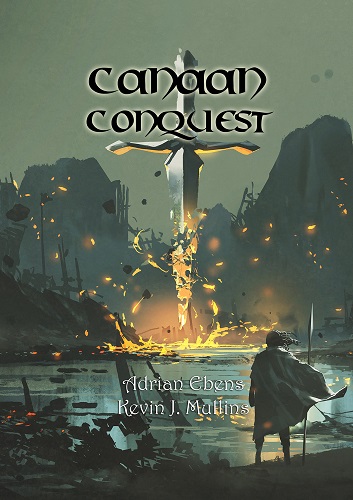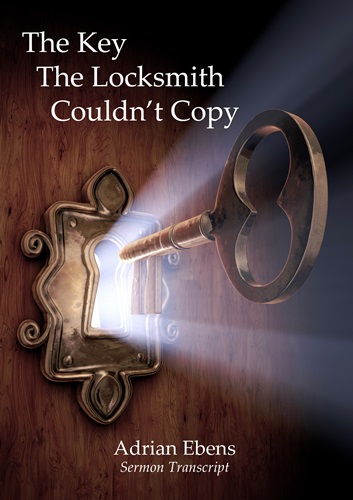Story of Elder W.L Littlejohn - President of Battle Creek College
 |
Elder Wolcott H Littlejohn – Former President of Battle Creek College 1834-1918 (82) Wolcott Hackley Littlejohn was born in Little Falls, New York, the twenty-seventh of May 1834. He was the son of Flavius J. And Harriet B. Littlejohn. At the age of four, with his parents he came to Allegan, Mich., where his boyhood was spent. With the intention of becoming a lawyer, he attended Kalamazoo College and Michigan University, leaving the latter at the end of his sophomore year on account an affection of the eyes which resulted in total blindness about fifteen years later. In 1866, he became identified with the Seventh-day Adventist denomination and he remained a firm believer in the fundamental doctrines advocated by them to the time of his death About fifteen years previously, he had attended a course of lectures by elders Loughborough and Cornell. A long and careful study of the ideas presented finally led him to take the step in question. He entered the ministry and for many years was actively engaged in the work. In 1883 he came to Battle Creek to become pastor of the Adventist church. In August of that year he was united in marriage to Mrs. Adaline P. Harvey. Shortly after, he accepted the presidency of Battle Creek College which he held for two years. From that time until failing health prevented, he spent his time largely in writing on Biblical subjects. For many years he was a constant contributor to the Review and Herald and other denominational publications, and was the author of several tracts, pamphlets, and bound volumes. His was a life of unusual mental activity, and he was known as a sound reasoner and a profound logician. His faith in God remained unshaken to the close, and he sleeps to await the call of the Life-giver when “the trumpet shall sound and the dead shall be raised incorruptible.” His age was 82 years, 5 months, and 10 days. There are left to mourn, his faithful companion and one stepson, Frederick H. Harvey. Together they tenderly ministered to him in his declining years, doing everything that warm hearts and loving hands could do to lighten the “valley of the shadow.” There are also left two nephews, Wolcott H. Butler of Ann Arbor, Michigan, and Augustus S. Butler of Allegan, Michigan, and other more distant relatives. |
The funeral was held from the home west of Battle Creek, Elders R. A. Hart and L. McCoy assisting at the services. He was taken to his old home, Allegan, for burial.” {C.A. Russel – Lake Union Herald Nov 22 1916}
Comments on the trinity by W. L. Littlejohn (filler comments by Terry Hill):
“Going back five years prior to the Minneapolis Conference, we can see from our publications that this begotten concept of Christ was then our denominational faith. Under the heading “Christ not a created being”, a reader asked a question. That question was; “Will you please favor me with those scriptures which plainly say that Christ is a created being? (Question No. 96, Review and Herald, April 17th 1883, The commentary, Scripture questions, ‘Answers by W. H. Littlejohn’)
The person who asked the question was only identified by the initials J. C. so we do not know who he was but what we can say is that it is more than likely that he (or she) was not a Seventh-day Adventist. I say this because it was commonly taught within Seventh-day Adventism that Christ was equal with God (begotten of Him) not that He was a created being.
W. H. Littlejohn who answered this question said; “You are mistaken in supposing that S. D. Adventists teach that Christ was ever created. They believe, on the contrary, that he was "begotten" of the Father, and that he can properly be called God and worshiped as such.” (Ibid)
This was indeed the preponderant belief of Seventh-day Adventists in 1883. This was 5 years prior to the Minneapolis Conference. We can see why Waggoner’s reasoning at the conference went without objection from anyone, including Ellen White.
Littlejohn continued; “They [Seventh-day Adventists] believe, also, that the worlds, and everything which is, was created by Christ in conjunction with the Father. They believe, however, that somewhere in the eternal ages of the past there was a point at which Christ came into existence. They think that it is necessary that God should have antedated Christ in his being, in order that Christ could have been begotten of him, and sustain to him the relation of son.” (Ibid)
Again this was ‘bottom-line’ Seventh-day Adventism, not only in 1883 but also all during the time of Ellen White’s ministry. Littlejohn continued; “They hold to the distinct personality of the Father and Son, rejecting as absurd that feature of Trinitarianism which insists that God, and Christ, and the Holy Spirit are three persons, and yet but one person.” (Ibid). Some trinitarians will say that this is not what they really believe but if this is said then it is also being said that their trinity God is not a person.
Littlejohn then said in confirmation of what was believed by Seventh-day Adventists as far as the oneness between God and Christ is concerned; “S. D - Adventists hold that God and Christ are one in the sense that Christ prayed that his disciples might be one; i.e., one in spirit, purpose, and labor.” (Ibid) We shall see in a later section that this was much the same as was said by Ellen White but to quote her here would make this section too lengthy. Very interestingly, Littlejohn ended his answer by saying; “See "Fundamental Principles of S. D. Adventists," published at this Office. Price, 4 cts.” (Ibid) {A History of the trinity doctrine Part 1. by T.Hill}
Here are More Adventist Pioneer Testimonies
Our Early Workers Position - Joseph Bates
Testimony of Asa T Robinson - Adventist Pioneer
Testimony of James White on the Godhead





